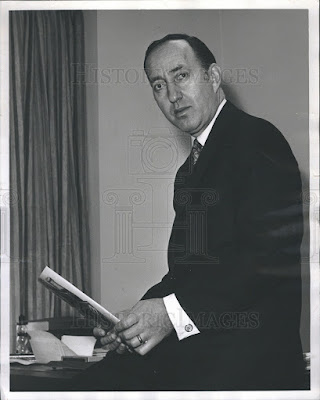2 / 5 Stars
‘Soul of the Robot’ (206 pp) was published by Doubleday (Science Fiction Book Club) in July, 1974. The cover artist is Laszlo Kubinyi.
[A sequel, ‘The Rod of Light’, was published in the UK in 1985.]
The novel takes place thousands of years in the future. Earth has just begun to emerge from the Dark Period, the majestic ruins of which inspire awe and puzzlement. The landscape is divided into small kingdoms, some of which are loosely allied with the two major powers: the New Empire, and the Borgor Alliance. Most of the populace live as simple farmers or tradesmen, save the dwindling numbers of those who still possess the skills to use the advanced technologies of the Ancients.
As the novel opens, Jasperodus, the robot of the book’s title, comes to life in the small rural cottage of his creator, a middle-aged man with considerable talent in robotics. Jasperodus is unlike any other robot on the planet, being the beneficiary of an advanced ‘brain’ with the reasoning power of a human being. Far from agreeing to be the dutiful ‘son’ his creator had sought him to be, Jasperodus abruptly leaves the cottage to explore the world, and find his place in it.
The remainder of the novel chronicles the adventures of Jasperodus, as he gains in knowledge and experience, albeit through his willing – and sometimes unwilling – participation in various intrigues and travails at the hands of the politicians and princes ruling the Earth.
As his adventures introduce him to new ideas and concepts, Jasperodus becomes increasingly preoccupied with his own nature as a sentient machine. Is he truly self-aware ? If so, then is he ‘alive’ ? Or will he be forever denied possession of a ‘soul’ in the manner of human beings ?
As I read ‘Soul of the Robot’ I found the book to be very much in the style of a Jack Vance novel. Whether Barrington Bayley consciously intended this to be the case is unknown, but ‘Soul’ relies on a number of themes quite similar to those of the Vance-ian repertoire.
For one thing, the novel is set in a world very much like Vance’s Dying Earth; the Emperor Charrane of the New Empire is very much like the ambitious, but careless, aristocrats appearing in Vance’s stories. And with his misadventures and narrow escapes, Jasperodus comes across as a mechanical version of Vance’s hero, Cugel the Clever.
As well, the conversations between Jasperodus and other robots and humans peopling the novel have the formal, slightly stilted quality that is very reminiscent of the way Vance framed his dialogues.
Does the Vance-ian influence make ‘Soul’ one of Bayley’s better novels ? In my opinion, no. Too much of the novel is taken up with lengthy expositions on the Nature of Selfhood and how an artificial Being may presume to acquire such a status. These metaphysical discourses never sink the narrative, but they do drain its momentum.
Summing up, I can’t say that ‘Soul of the Robot’ is a must-have; however, Barrington Bayley fans may want to have a copy.




















































































